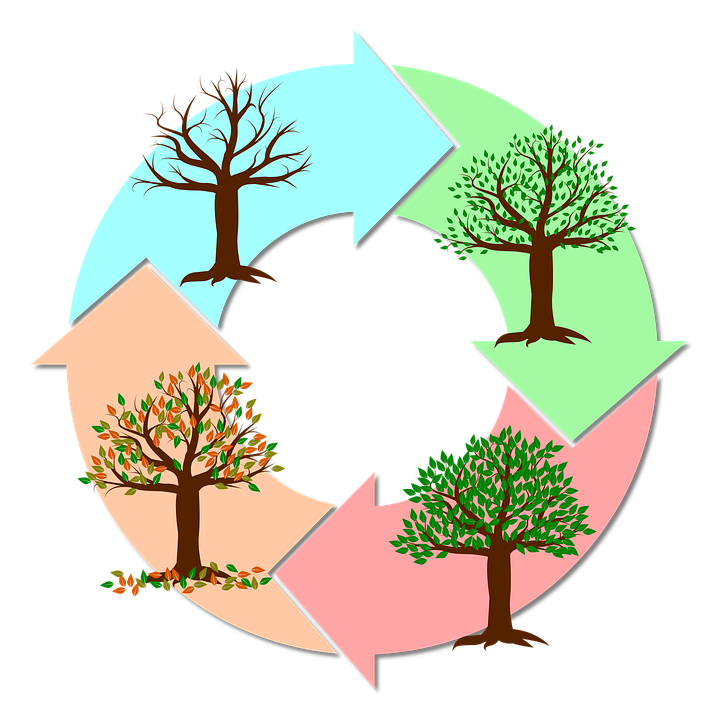Hey, I am Sebastián Ayala Ruano. Welcome!
I am a MSc student in Systems Biology at Maastricht University, the Netherlands. Previously, I worked as a research assistant and data science consultant at different institutes. In my last job, I developed a method based on network science and similarity searching to explore the chemical space of antiparasitic peptides and discover new potential drugs, which was recently published in this article.
I completed my bachelor’s degree in Biotechnology Engineering as a major, and Software Engineering as a minor at Universidad San Francisco de Quito (USFQ) in Ecuador. During my studies, I discovered that Bioinformatics is the field that captured my interest in research because it merged both of my background areas. To pursue these interests, I worked in various laboratories at USFQ such as the Computational and Theoretical Chemistry Group, the Applied Signal Processing and Machine Learning Group, and the Grupo de Medicina Molecular y Traslacional; and research centers from institutions inside and outside of my country, including the Bio-Chemoinformatics Group at Universidad de Las Américas in Ecuador and the Tumor Metabolism and Therapeutic Oncology Laboratory at Gwangju Institute of Science and Technology in South Korea.
When I am not working, I can be found riding my mountain bike, hiking, listening to music, watching thrillers or documentary films, or reading books about science communication, mystery, or history.
Recently
My research experience has been primarily focused on Phylogenetics and Structural Bioinformatics to understand different biological phenomena, but now I am transitioning to Network Science and Machine Learning for drug discovery.
I have been part of some initiatives to boost Bioinformatics in Ecuador through the creation of the first Regional Student Group from the International Society for Computational Biology Student Council in my country. Also, I am participating in some regional projects with people from different countries of Latin America.
Throughout the last year, I joined some open science and software development communities, including the Open Life Science and the Streamlit Creators. In addition, I completed The Carpentries instructor training program, and I hope to teach my first course/lesson this year.
Some of my recent projects are presented below.
Projects
Prediction of the phenological stages of tropical forest species using herbarium records

This project was about creating a database of herbarium records from tropical forest species of the Americas and the development of machine learning classifiers to predict the phenological stages of these species using the herbarium records.
Read morePrediction of antimicrobial peptides using machine learning classifiers

I created machine learning classifiers to predict the antimicrobial activity of peptides. It was an end-to-end project in which I did the data pre-processing, feature engineering, training, hyperparameter tuning, and deployment of the best model as a web application with Streamlit.
Read moreDashboard of weekly reports of SARS-CoV2 variants in European countries

This project summarizes the weekly reports of SARS-CoV2 variants in European countries since 2020 until April 2022 using the data from the GISAID database.
Read moreTalks
Contributing Guidelines and Codes of Conduct for Open Projects

This talk was given in the week 4 cohort call of the 6th cohort of Open Life Science.
Read moreExploring the Chemical Space of Antiparasitic Peptides and Discovery of New Promising Leads through a Novel Approach based on Network Science and Similarity Searching

Oral presentation in English about the Antiparasitic peptides discovery project.
Read moreExploring the Chemical Space of Antiparasitic Peptides and Discovery of New Promising Leads through a Novel Approach based on Network Science and Similarity Searching

Oral presentation in English about the Antiparasitic peptides discovery project.
Read more